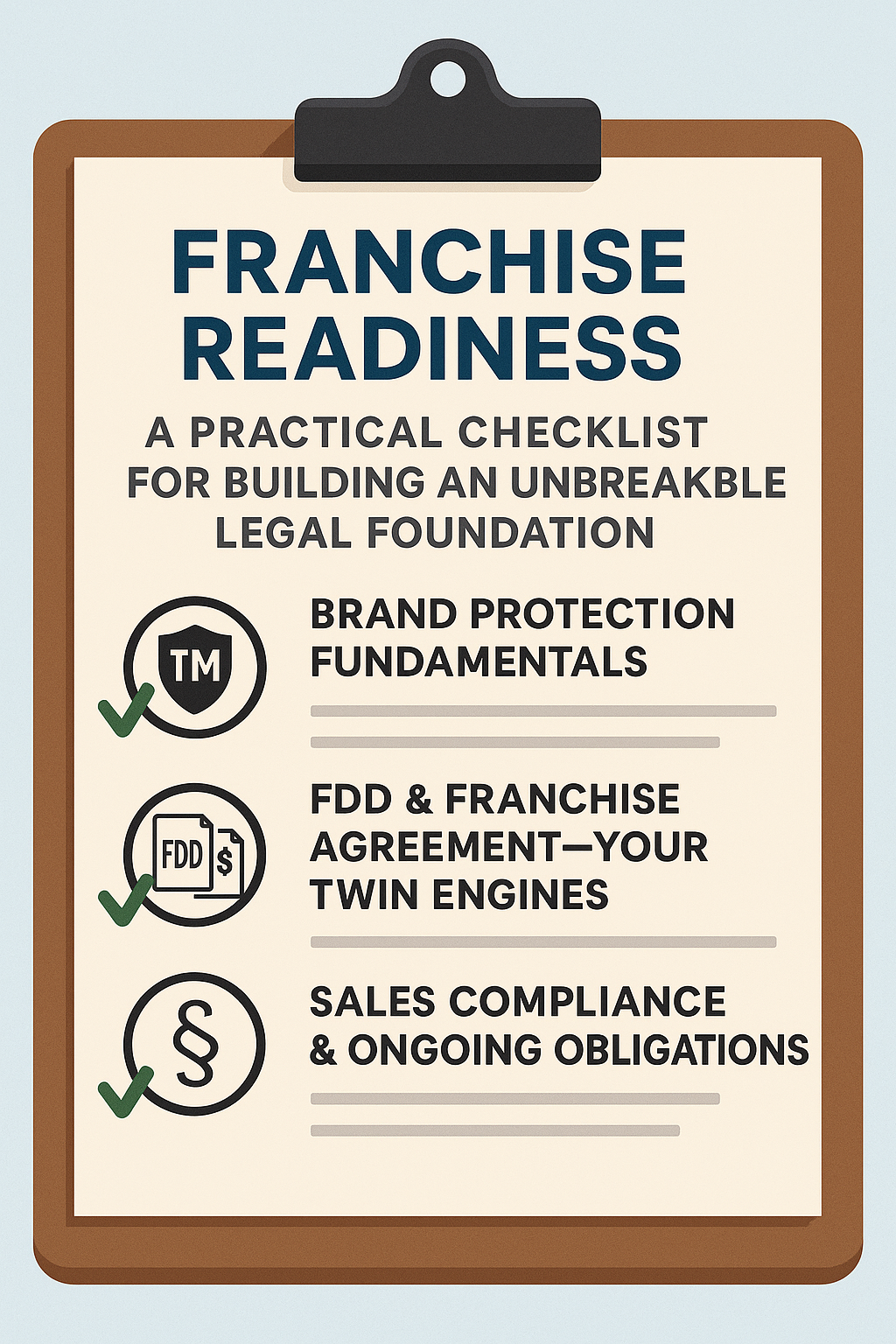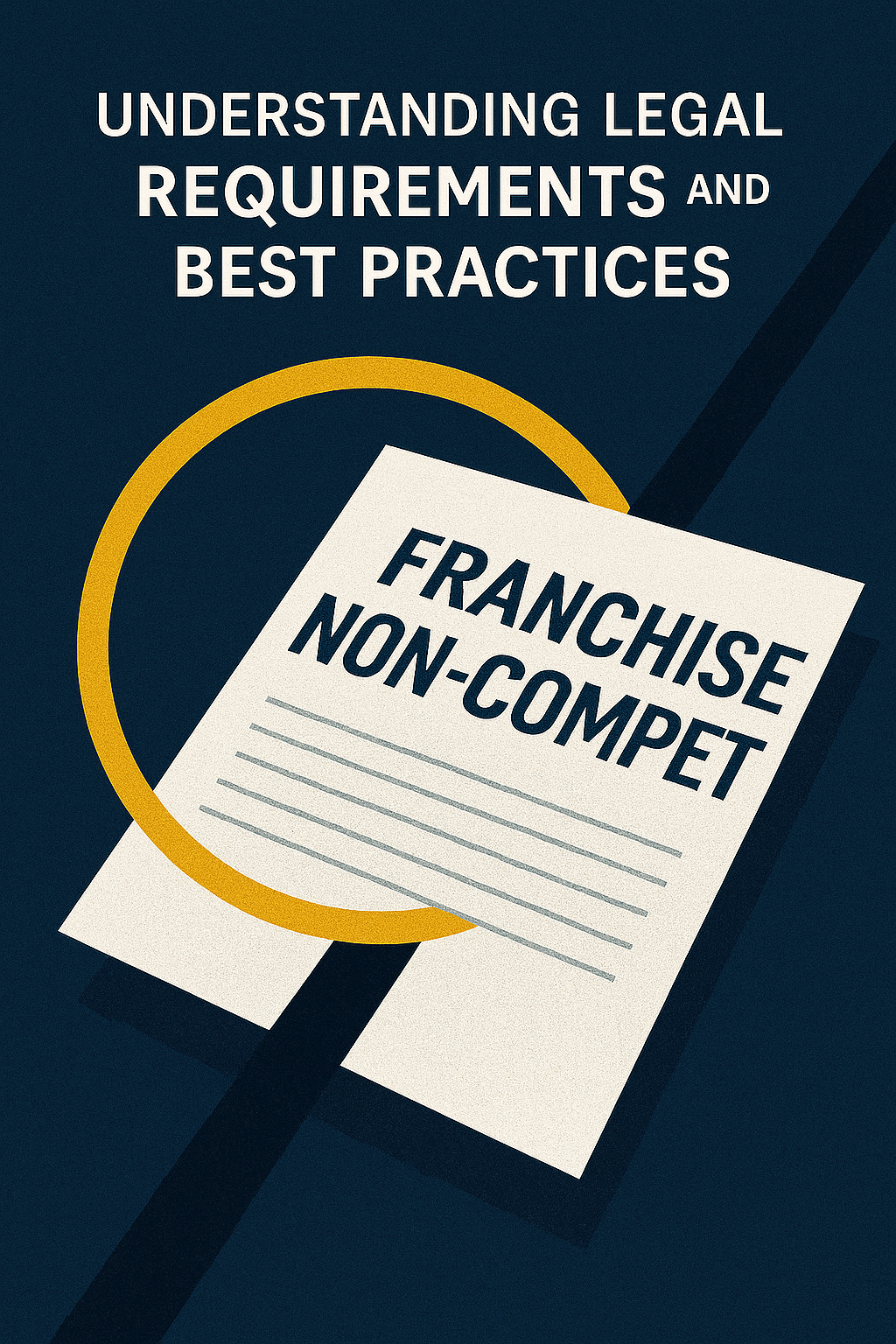Franchising can be a lucrative venture, but determining the optimal size and location for new franchise units is crucial to ensuring their success. In this article, we will delve into the importance of size and location in franchise unit success and explore the factors to consider when making these decisions. By understanding the impact of size and location on franchise unit profitability and leveraging data analytics, you can make informed choices that will set your franchise up for long-term success.
Why Size and Location Matter in Franchise Unit Success
The size and location of a franchise unit play a crucial role in determining its success. Customers are more likely to visit a franchise that is conveniently located and adequately sized to meet their needs. Research has shown that businesses located in high-traffic areas, such as shopping malls or busy downtown streets, tend to attract more customers and generate higher sales.
Furthermore, the size of the franchise unit must align with the nature of the business and customer demands. For instance, a restaurant may require a larger space to accommodate a significant number of customers, kitchen equipment, and dining areas. On the other hand, a retail store may benefit from a smaller, more intimate space that facilitates customer engagement.
The Importance of Proper Sizing and Strategic Placement in Franchise Expansion
Proper sizing and strategic placement are paramount when expanding your franchise. Analyzing demographic data is essential in identifying locations with a target audience that aligns with your business. Understanding the local population’s interests, preferences, and purchasing power can help you determine the ideal size and location for your franchise unit.
Moreover, conducting market research is vital in assessing the competition in a particular location. Choosing a location where there is high demand but low competition can give your franchise a competitive edge. By carefully considering these factors, you can increase your chances of achieving long-term success and growth.
Factors to Consider when Determining the Ideal Size and Location for New Franchise Units
When deciding on the ideal size and location for your new franchise units, several factors should be taken into account. First and foremost, you need to consider the target market and the specific needs and preferences of your customers. Understanding their preferences and behavior can help you determine the optimal size and location that will best cater to their needs.
Additionally, evaluating the cost and availability of real estate in different locations is crucial. Urban areas generally have higher rental costs, while remote areas may have limited customer traffic. Balancing these considerations with your budget and expected return on investment is necessary to make a financially sound decision.
Consider the accessibility and visibility of potential locations as well. Franchise units situated near major transportation hubs, popular landmarks, or busy intersections are more likely to attract customers. High visibility ensures that your franchise will be noticed by passersby, increasing the chances of drawing in potential customers.
Understanding the Impact of Size and Location on Franchise Unit Profitability
The size and location of your franchise unit can directly impact its profitability. A well-chosen location can result in higher foot traffic and increased sales. Additionally, the right size can optimize operational efficiency, minimize overhead costs, and maximize revenue potential.
For example, choosing a larger space than necessary may lead to higher rent and increased operational costs. Conversely, opting for a smaller space may limit your ability to serve a larger customer base or offer additional products and services. Striking a balance between space efficiency and customer comfort is key to maximizing profitability.
Analyzing Demographics: Finding the Perfect Location for Your Franchise Unit
An essential step in determining the optimal size and location for your franchise unit is analyzing the demographics of potential locations. Understanding the age, income level, lifestyle, and preferences of the local population can help you identify areas that align with your target market.
Consider conducting a thorough demographic analysis, utilizing tools such as population density maps, census data, and market research reports. This will provide valuable insights into the customer base, allowing you to make data-driven decisions when selecting the ideal location for your franchise unit.
The Role of Market Research in Determining Optimal Size and Location for Franchise Units
Market research plays a fundamental role in determining the optimal size and location for your franchise units. This valuable tool enables you to gather data about consumer behavior, competitor analysis, and industry trends.
Through market research, you can identify locations with high demand for your products or services. You can also identify any gaps in the market that your franchise can fill, giving you a competitive advantage in the chosen location.
Additionally, market research can help you ascertain the ideal size for your franchise unit through customer feedback and analysis of industry standards. By understanding the preferences and needs of your target market, you can tailor the size of your franchise unit to meet those requirements, ensuring customer satisfaction and long-term success.
Exploring Different Sizing Options for Franchise Units and Their Pros and Cons
When determining the size of your franchise unit, you should explore different options and weigh their pros and cons. Larger units offer more space for customers, employees, and inventory. However, they also come with higher rental costs and increased operational expenses.
Smaller units, on the other hand, often have lower overhead costs and require less investment. However, they may limit your ability to expand or provide additional services in the future.
Consider the specific needs of your business and the expectations of your target market when exploring different sizing options. Conduct a cost-benefit analysis to evaluate the financial implications of each option and ensure it aligns with your long-term growth strategy.
Key Considerations for Choosing the Right Location for Your New Franchise Unit
Choosing the right location for your new franchise unit requires careful consideration of several key factors. First and foremost, assess the customer traffic and accessibility of potential locations. Look for areas with high footfall, such as shopping centers or busy downtown streets.
Consider the demographics of the location, analyzing the age, income level, and lifestyle of the local population. Look for areas where your target market is concentrated to increase the chances of attracting customers.
Moreover, evaluate the competition in the area. While selecting a location with no competition may seem ideal, some competition can be healthy and indicate a viable market for your products or services.
Lastly, take into account the cost and availability of real estate. Assess the rent, lease terms, and any additional expenses associated with the location to ensure it fits within your budget and offers a favorable return on investment.
Determining Ideal Square Footage: A Guide for Franchise Owners
Determining the ideal square footage for your franchise unit is crucial to optimize space efficiency and operational effectiveness. While each business has unique requirements, there are some general guidelines that can help guide your decision-making process.
Consider the nature of your business and the expected customer flow. For businesses with high foot traffic, such as fast-food chains or coffee shops, a larger space may be necessary to accommodate queues and provide seating areas. Conversely, businesses that mainly focus on online sales may require a smaller space for storage and order fulfillment.
Another key factor to consider is the layout of the space. Ensure that the square footage allows for effective organization and ease of movement for employees and customers. Emphasize customer comfort, but balance it with the need to optimize operational efficiency and make the most of the available space.
The Science Behind Selecting the Perfect Spot for Your New Franchise Unit
Selecting the perfect spot for your new franchise unit involves a combination of data-driven analysis and understanding human behavior. It’s not just about finding a prime location; it’s about finding the right spot that aligns with your business goals and customer needs.
Data analytics can provide valuable insights into consumer behavior, helping you identify areas with high demand for your products or services. By leveraging market research, you can uncover trends, preferences, and customer patterns that influence their purchasing decisions.
Understanding human behavior and psychology is also important in selecting the perfect spot. Consider factors such as foot traffic patterns, the visibility of your franchise, and the surrounding environment. For example, placing your franchise near complementary businesses or attractions can increase the chances of attracting customers who may have a natural interest in your offerings.
Balancing Space Efficiency and Customer Comfort in Franchise Unit Design
When designing your franchise unit, it is essential to strike a balance between space efficiency and customer comfort. The layout and design of your space can significantly impact the overall customer experience and operational efficiency.
Consider the flow of customers and employees within the space. A well-designed layout should guide customers effortlessly through the establishment, ensuring they can easily access products or services. Adequate space between displays and seating areas can also enhance customer comfort and encourage them to spend more time in your franchise unit.
Furthermore, optimizing space efficiency can help reduce operational costs and maximize revenue potential. Consider utilizing vertical space effectively, utilizing shelving, and smart storage solutions to maximize the use of available square footage. By striking the right balance, you can create a welcoming environment for customers without compromising operational efficiency.
Leveraging Data Analytics to Optimize Size and Location Decisions in Franchising
Data analytics is a powerful tool that can help franchise owners optimize decision-making regarding size and location. By harnessing data from various sources and conducting thorough analysis, you can uncover valuable insights and patterns that can inform your choices.
Utilize market research reports, demographic data, and consumer behavior analytics to understand the dynamics of different locations and target markets. Identify areas with high demand but limited competition to gain a competitive advantage.
Additionally, analyze internal data from your existing franchise units to identify patterns of success. Look for correlations between unit size, location, and profitability to identify best practices that can be replicated in new locations. By leveraging data analytics, you can make informed decisions backed by evidence, increasing the chances of success for your franchise units.
Best Practices for Evaluating Potential Locations for New Franchise Units
When evaluating potential locations for new franchise units, there are several best practices to follow. Firstly, conduct thorough market research and demographic analysis to identify areas with high demand and a target audience that aligns with your business.
Visit potential locations and assess foot traffic, accessibility, and visibility. Speak to local business owners to get insights into the area and its potential challenges. Understanding the local market and any unique characteristics can help you make an informed decision.
Consider collaborating with industry professionals or consultants to access their expertise. They can provide guidance and help you evaluate potential locations based on both qualitative and quantitative factors.
Lastly, maintain a flexible mindset. Being open to unexpected opportunities or emerging trends can lead you to undiscovered locations that may prove to be highly successful for your franchise units.
How to Conduct a Successful Site Analysis for Your New Franchise Unit
Conducting a successful site analysis is critical when choosing the location for your new franchise unit. It involves assessing the potential site from various angles to ensure it aligns with your business goals and target market.
Start by defining your site analysis criteria, considering factors such as accessibility, visibility, customer demographics, and competition. Develop a checklist to ensure you cover all necessary aspects during the analysis.
Survey the area and gather data, paying attention to foot traffic patterns, surrounding businesses, and overall atmosphere. Speak to local residents and business owners to gain insights into the location’s strengths and challenges.
Additionally, assess the physical attributes of the site, such as infrastructure, parking availability, and any zoning regulations that may affect your business.
Compile all the gathered information and analyze it to determine if the site meets your criteria and aligns with your franchise unit’s goals and requirements. By conducting a thorough site analysis, you can make an informed decision that sets your franchise unit up for success.
In conclusion, determining the optimal size and location for new franchise units requires careful consideration of various factors. By understanding the impact of size and location on franchise unit success and profitability, leveraging data analytics, and conducting thorough market research, you can make informed decisions that set your franchise up for success. Remember to balance space efficiency and customer comfort in your franchise unit design and conduct a successful site analysis for each potential location. By following these best practices and leveraging available tools, you can increase the chances of making sound decisions that result in profitable and thriving franchise units.






